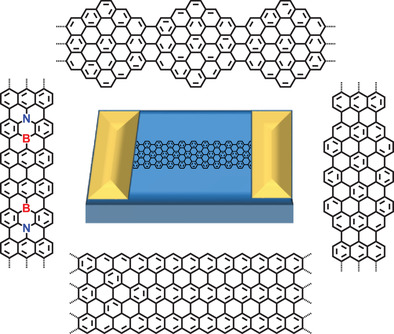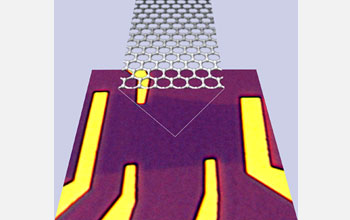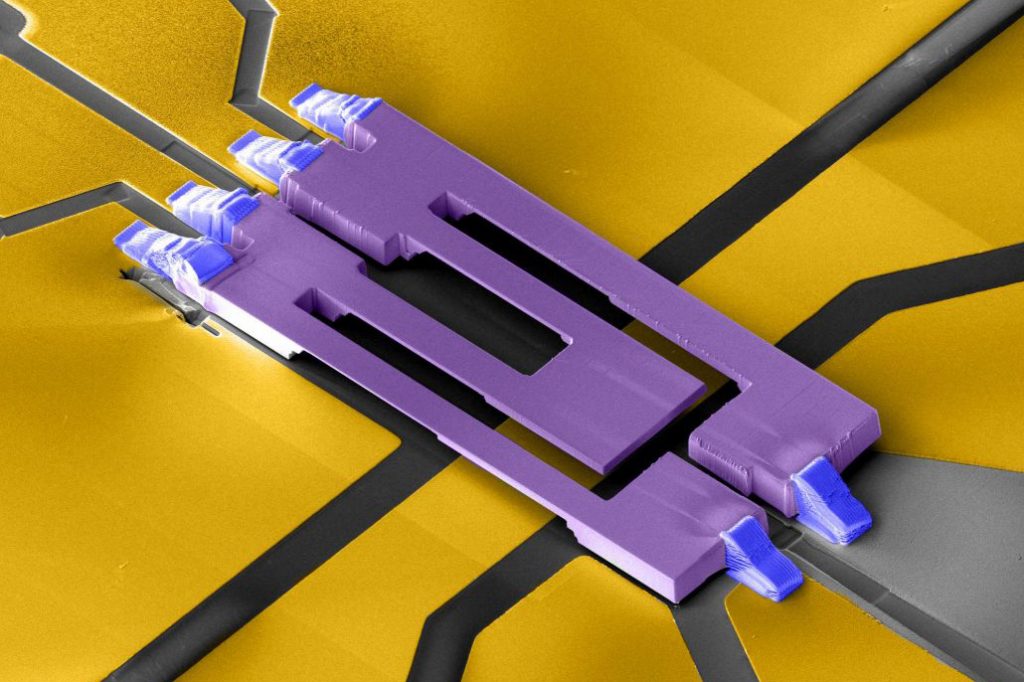(molecular nanoelectronics)
Molecular nanoelectronics and reproduction of graphene molecular nanomemories
Researcher and author: Dr. ( Afshin Rashid)
Note: These materials are called coke. These substances are considered a catalytic poison, that's why the synthesis of graphene in this way is not suitable for catalytic applications. Another weakness of this method is many structural defects in the layers. In addition, it is difficult to transfer to other platforms. It also requires high vacuum conditions and is an expensive method. And it is used in the production and reproduction of graphene molecular nano memories.
Through the synthesis of nanographene in the method of interwoven growth on the surface, it can be used in the construction and reproduction of graphene molecular nanomemories , there are properties and applications (nanoparticles) in different forms. Nanographenes are small materials whose size ranges from 1 to 100 nm. Based on their characteristics, shapes or sizes, they can be classified into different classes. Different groups include foils , metal nanoparticles, ceramic nanoparticles and polymer nanoparticles. The synthesis of nanographene is used in the interwoven growth method on the surface in the production and reproduction of molecular graphene nano-memories, and the internal nanoparticles have unique physical and chemical properties due to their large area and nano size. Transmits different colors. Their reactivity, toughness and other properties also depend on their unique size, shape and structure. Heavy metal nanoparticles of lead, mercury and tin are so hard and stable that their destruction is not easily achieved, which of course can lead to many environmental toxicities.
Graphene molecular nano-memory is a new non-volatile charge trapping memory using isolated and uniformly distributed graphene nano-crystals as a nano-floating gate with controllable capacity and excellent uniformity. The nanographene charge-trapping memory exhibits large gate memory (4.5 V) at low operating voltage (8 V), chemical and thermal stability (1000 °C), as well as tunable memory performance using differential tunneling. . Graphene has outstanding nanoelectronic properties, very high electron mobility, and unparalleled conductivity at the nanoscale. It is a super conductor that transfers electrons ten times faster than silicon. These features make graphene an ideal candidate for next-generation nanoelectronic applications such as graphene molecular nano-memories. has transformed In fact, by using nano technology, the storage capacity of information can be increased by a thousand times or more. Storing subject information is very important and necessary, which can be done in different ways through nanomolecular memories .
These materials are called coke. These substances are considered a catalytic poison, that's why the synthesis of graphene in this way is not suitable for catalytic applications. Another weakness of this method is many structural defects in the layers. In addition, it is difficult to transfer to other platforms. It also requires high vacuum conditions and is an expensive method. And it is used in the production and reproduction of graphene molecular nano memories.
Researcher and author: Dr. ( Afshin Rashid)
Specialized doctorate in nano-microelectronics





